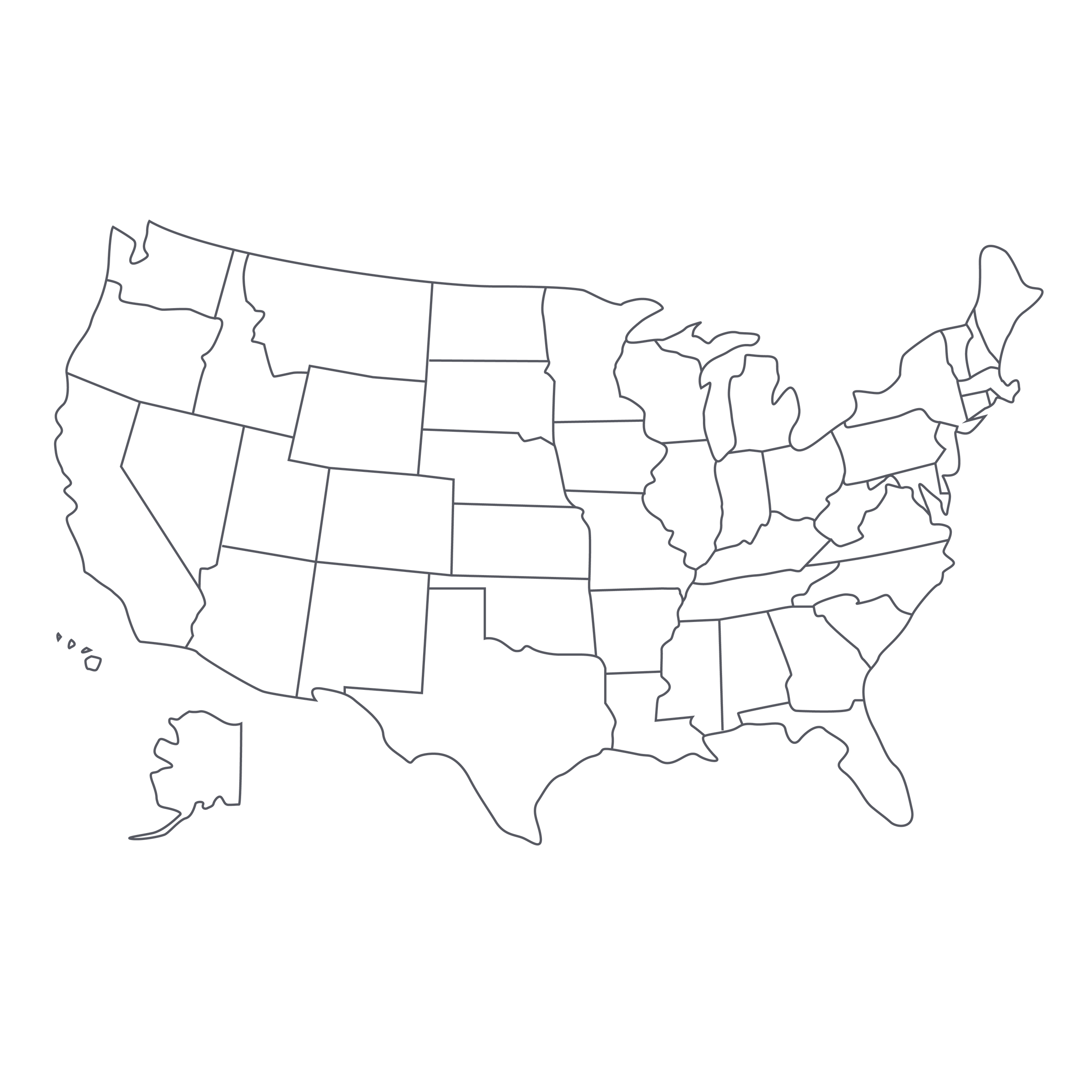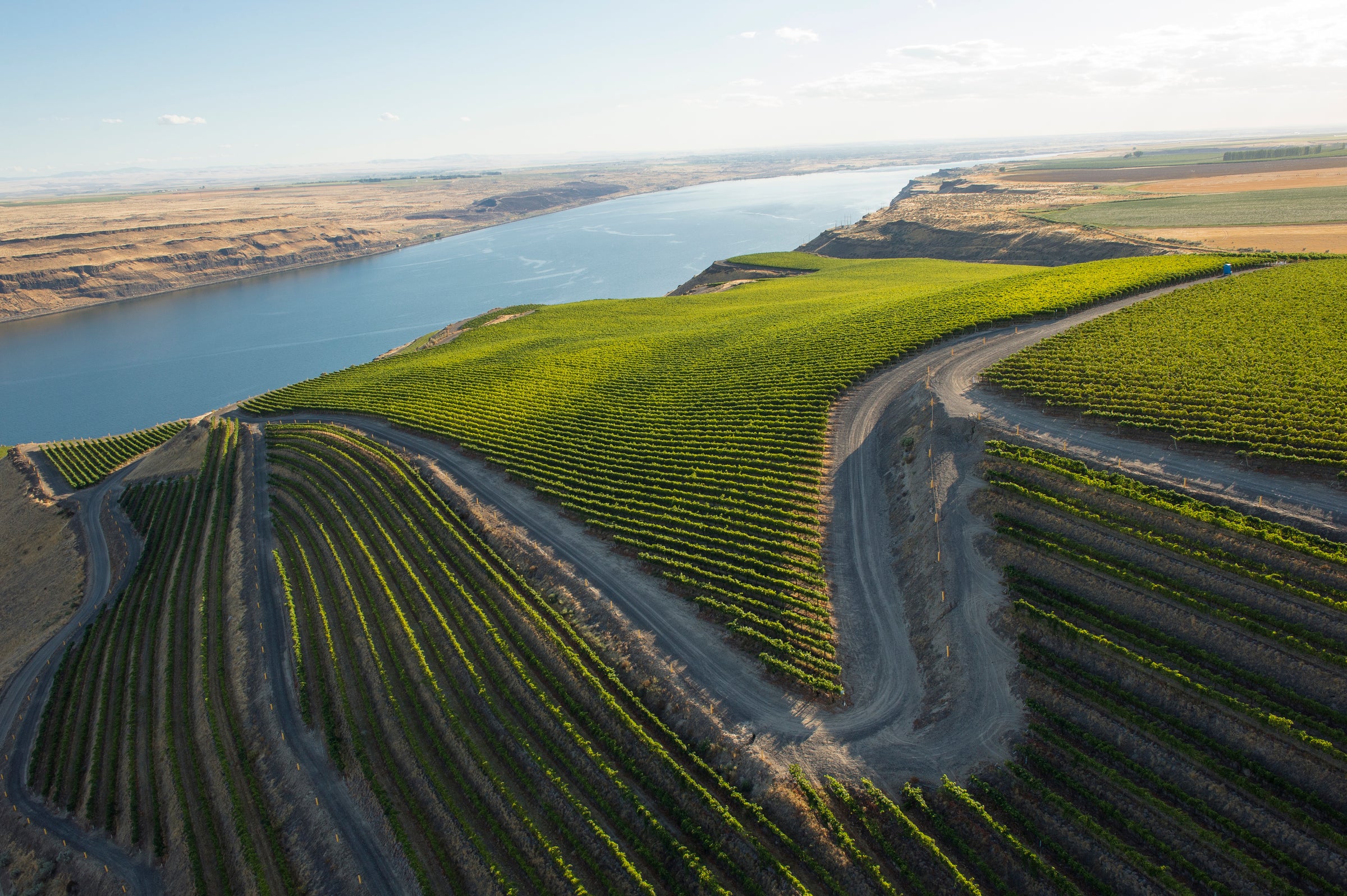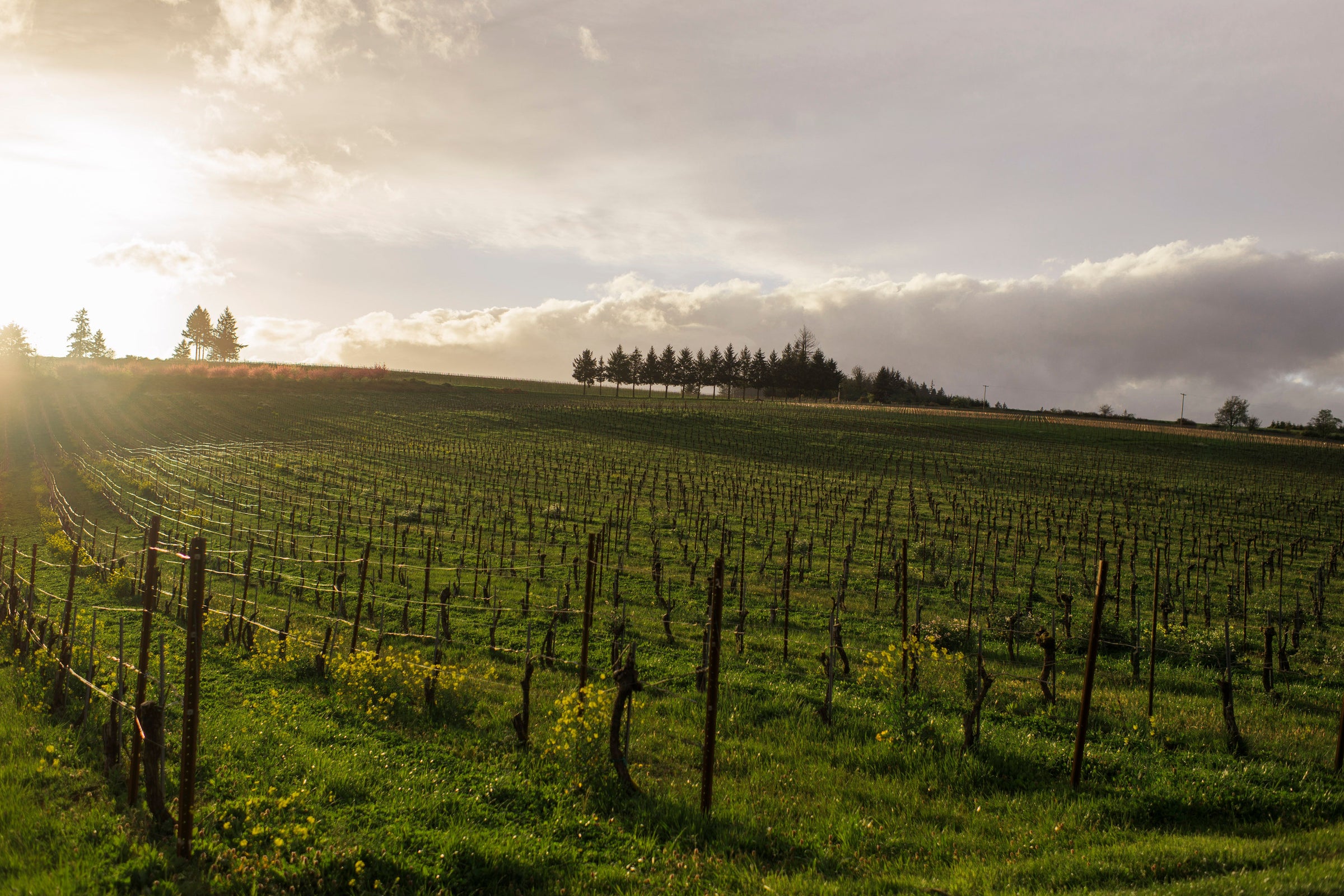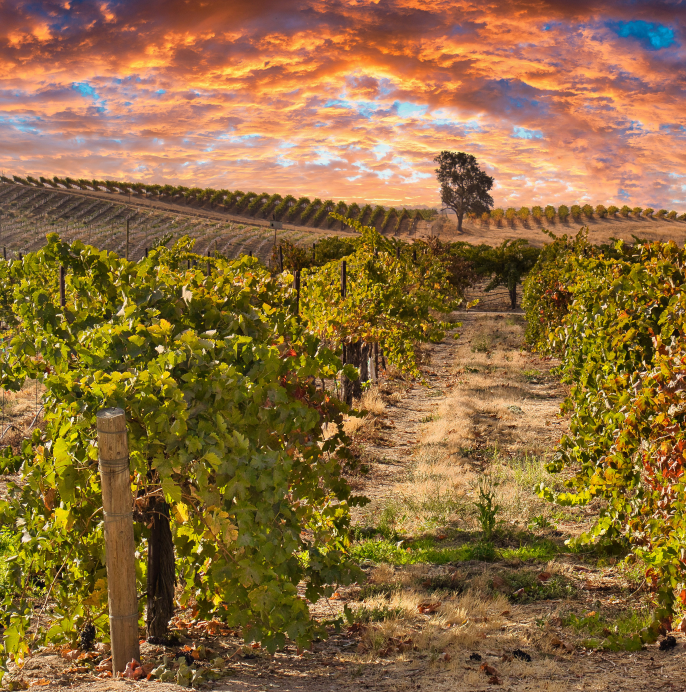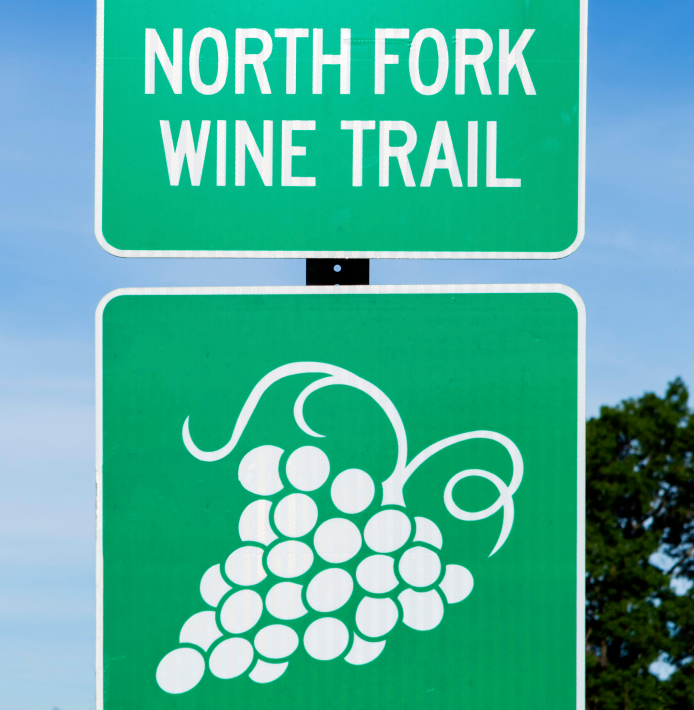When it comes to Pilcrow, “shattering expectations” seems to be the baseline. In six vintage’s time, Sara and Jonah Beer’s transcendent project has roared into the heavily competitive luxe Napa Cab arena to become the most beloved label we feature.
Ask our team, the gamut of critics, or anyone who’s had the rare fortune of tasting previous vintages and they’ll tell you: These micro-produced gems (which never exceed eight barrels) outperform dozens of Grand Cru Classés, demolish the majority of Cult Cab labels, and deliver one of the market’s most simultaneously profound, elegant, soil-transparent Cabernet experiences. And so, it is with great pleasure that we can share their newest trio of 2019 releases with you, starting off with “Granite Lake.” The result of an exhaustive treasure hunt that led to a trove of vines on the precipitous ridgetop of Howell Mountain, this 22-months-aged sophomore release amounted to just seven barrels of immaculate, deeply chiseled Cabernet Sauvignon. I imagine our allocation will vanish inside of a day and you can safely assume this is your only shot at acquiring any, so secure up to six bottles ASAP.
Determined to produce low-intervention Cabernets with a real sense of terroir, Pilcrow has quickly become a labor of love for power couple Sara and Jonah Beer, of Frog’s Leap fame. They take great pride in seeking out small, distinct, sustainably farmed sites and they struck gold with their initial releases: “Pym Rae” in Mount Veeder—now owned by the Tesserons of Pontet-Canet—followed by “Ghost Block” in the heart Yountville which has been organically farmed and privately owned for over a century. However, in 2018, they expanded their pursuit of terroir expression again to include two new distinct sites.
One of them is today’s profound bottling. Sourced from the “Granite Lake” vineyard, it represents some of the finest, clearest, and most traditional expressions of Howell Mountain Cabernets on the market. With the assistance of Google Earth, this link shows the exact location of today’s small-batch gem. As you can see, it’s nearly at the crest of the mountain, literally on the ridgeline at 2,100 feet. Up here, the vines avoid the fog and bask in the sun, while rooting into low-vigor, volcanic-based soils rich in iron.
Utilizing just a handful of rows, Pilcrow’s sustainably farmed Cabernet Sauvignon was handpicked and sorted on September 26, 2019. After fermentation, the resulting wine aged for 22 months in 25% new French oak. It was bottled unfined and unfiltered which is an absolute necessity for this classic, terroir-driven style. Only 165 cases were produced.
Though just their second-ever release, Pilcrow’s “Granite Lake” has already proven to be a bonafide Cabernet classic, as in a muscular powerhouse with gorgeous perfume and finesse that will only gain more savory components and complexities with each passing year. Right now, though, you can expect a brilliantly dark purple and opaque ruby core that releases sublime perfumes of violet, cassis, crushed black rock, ripe black cherry, anise, clove, cedar, pencil lead, iron, and a cooling hint of blue fruits. The palate is approaching full-bodied with an impressive structure that channels fine Paulliac. That said, this is still quintessential mountain-grown Napa Cabernet through and through! If drinking within the next three years, decant for no less than 60 minutes and do your best to stretch your bottle over two evenings. Once you savor that last glass, you'll be glad you did. Cheers!
